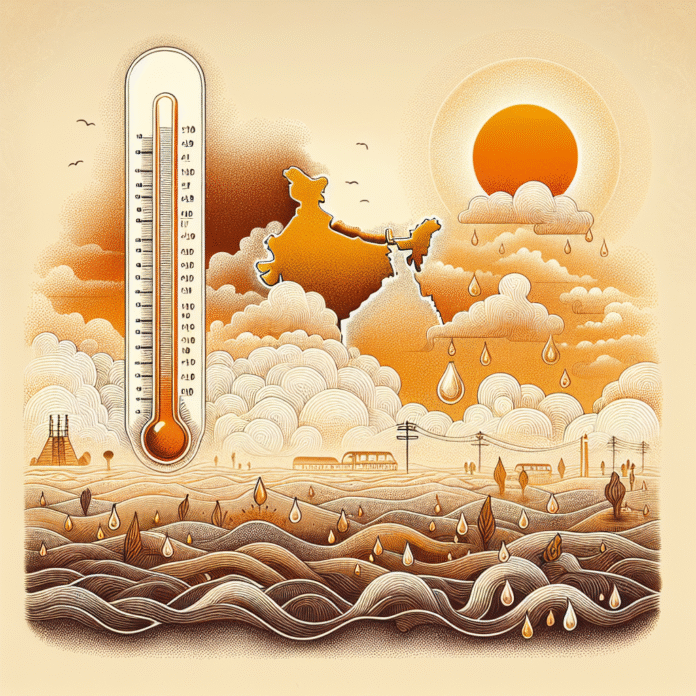The Great Indian Humidity Spike
Understanding the Causes of Steamy Summers
The Great Indian Humidity Spike: What’s Behind the Steamy Summer?
As the summer months unfold across India, residents are grappling with an unprecedented surge in humidity levels. This phenomenon, often referred to as the “Great Indian Humidity Spike,” is not only uncomfortable but also poses significant health risks. Let’s delve into the factors contributing to this steamy summer and its implications.
Understanding Humidity Levels
Humidity refers to the amount of moisture present in the air. During the summer, especially in tropical regions like India, humidity levels tend to rise due to various atmospheric conditions. The current spike in humidity can be attributed to several interrelated factors, including:
1. **Monsoon Preparations**: As the Indian monsoon season approaches, the atmosphere becomes saturated with moisture. This pre-monsoon phase often results in increased humidity, as warm air holds more water vapor.
2. **Climate Change**: The effects of climate change are becoming increasingly evident, with rising global temperatures leading to enhanced evaporation rates. This intensifies humidity levels, particularly in regions already prone to high moisture content.
3. **Urbanization**: Rapid urbanization has led to the creation of “heat islands” in cities, where concrete and asphalt absorb and retain heat. This phenomenon can exacerbate humidity levels, making summer conditions feel even more oppressive.
Health Implications
High humidity can have severe health implications for individuals. When humidity levels are elevated, the body’s ability to cool itself through perspiration is hindered. This can lead to heat-related illnesses such as heat exhaustion or heat stroke. Additionally, high humidity can exacerbate respiratory issues and allergies, as mold and dust mites thrive in moist environments.
It is crucial for individuals, especially vulnerable populations such as the elderly and those with pre-existing health conditions, to take precautions during periods of high humidity. Staying hydrated, avoiding strenuous outdoor activities during peak heat, and using air conditioning can help mitigate the effects of oppressive weather.
Mitigating the Effects
While it may be challenging to combat the natural forces behind the humidity spike, there are several strategies that can help individuals cope:
– **Stay Hydrated**: Drinking plenty of water is essential to replace fluids lost through sweating.
– **Wear Appropriate Clothing**: Lightweight, breathable fabrics can help keep the body cool.
– **Use Fans and Air Conditioning**: Utilizing fans or air conditioning can provide relief from the heat and humidity, making indoor environments more comfortable.
– **Plan Activities Wisely**: Scheduling outdoor activities for early morning or late evening when temperatures are cooler can help avoid the peak heat of the day.
An Eye on the Future
As India continues to experience fluctuations in weather patterns and increased humidity, it is vital to address the underlying issues contributing to these changes. Sustainable urban planning, environmental conservation efforts, and increased awareness of the impacts of climate change can play a crucial role in mitigating the adverse effects of high humidity levels.
In conclusion, the “Great Indian Humidity Spike” serves as a reminder of the complex interplay between climate, human activities, and health. By understanding the factors at play and taking proactive measures, individuals can better navigate the challenges of a steamy summer in India.
